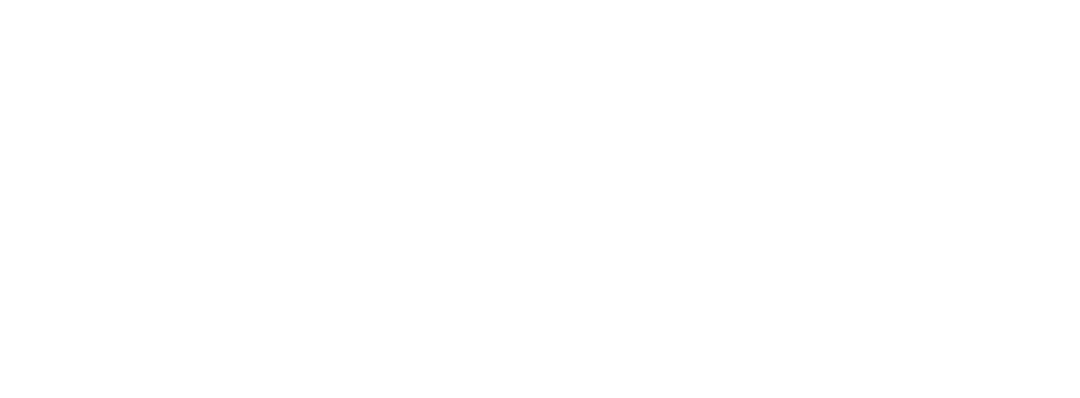Podcast: Play in new window | Download
Biliary Diseases
- Biliary Colic- A gallstone DOES NOT GET STUCK, but it slowly rolls out of the gallbladder, through the cystic duct, then the common bile duct and pancreatic duct. This results in several hours of crampy “colicky” pain as the stone passes.
- Cholecystitis- A gallstone gets stuck IN THE NECK OF THE GALLBLADDER OR THE CYSTIC DUCT. Pressure builds up in the gallbladder and inflammation worsens as the patient develops persistent pain, fevers, and eventually perforation of the gallbladder wall.
- Choledocolithiasis- A gallstone gets past the neck of the gallbladder and the cystic duct. However, it gets stuck IN THE COMMON BILE DUCT (CBD). The liver can’t drain bile and liver function tests increase.
- Cholangitis- The patient has choledocolithiasis and INFECTION DEVELOPS
- Gallstone Pancreatitis- A gallstone gets past the neck of the gallbladder AND the cystic duct AND the common bile duct but gets stuck in a PANCREATIC DUCT (ugh, so close). Lipase increases.
History
Asymptomatic gallstones
Biliary colic- Crampy RUQ abdominal pain that frequently radiates to right shoulder and resolves after a few hours
Cholecystitis- RUQ abdominal pain persists for more than a few hours and fevers develop.
Cholangitis- RUQ abdominal pain, fevers, and jaundice (Charcots Triad) eventually leading to shock and altered mental status (Reynolds Pentad)
Exam
Murphy’s Sign- Patient has pain and stops inhalation while you palpate under the right costal margin (Note: the same thing should NOT happen when palpating under the left costal margin)
Testing
The most appropriate test for biliary disease is RIGHT UPPER QUADRANT ULTRASOUND. However, CT scan is quite good as well (negative predictive value ~90% and identifies complications and alternative diagnoses well)
Treatment
Asymptomatic gallstones and resolved biliary colic get outpatient surgery referral
Acute cholecystitis needs a surgery consult
Choledocolithiasis, Cholangitis, and Gallstone Pancreatitis needs a GI consult (for MRCP/ERCP)
Pancreatitis
History
Constant epigastric abdominal pain radiating to the back with lots of vomiting and retching
Exam
Mild pancreatitis may have nothing more than some epigastric tenderness. Severe pancreatitis will look a lot like sepsis (hyperthermia, hypotension, altered mental status)
Testing
Patients will have an elevated lipase and abnormal findings on a CT scan with IV contrast
Treatment
Aggressive treatment of pain and nausea and NPO with slow advancing of the diet as tolerated.
Additional Reading
- American College of Radiology biliary disease imaging (ACR)
- American College of Radiology pancreatitis imaging (ACR)

